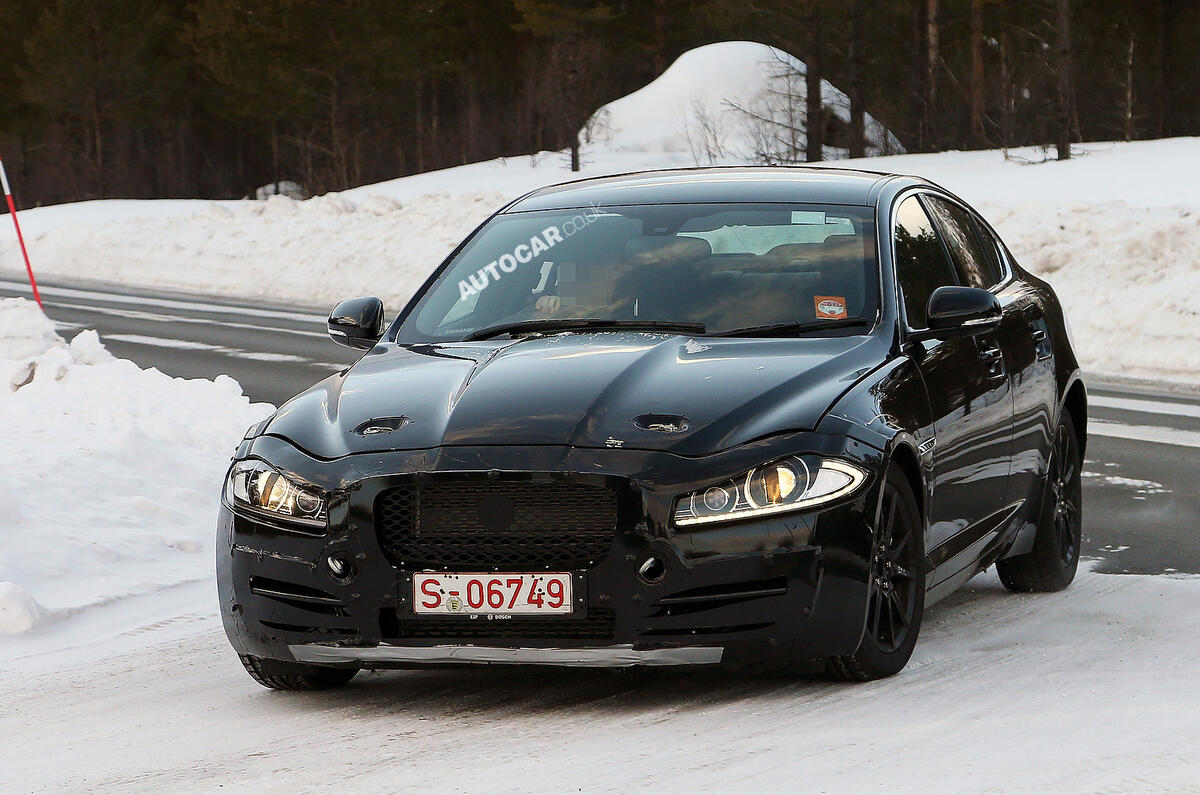In the last couple of years, the humble platform has become an unexpected part of many carmakers’ marketing campaigns.
Once only of interest to production engineers and accountants, a car’s underlying architecture has become a star and brand-building opportunity in its own right.
Jaguar’s decision to give the new version of its all-aluminium platform a name (though I’m a bit unsure about its typographical complexity) and to describe it as being key to ‘dramatically expanding Jaguar’s product offering, market potential and customer appeal’ shows how important the iQ[Al] will be to Jaguar’s future image building.
Of course, being able to face down the German premium three when it comes to the use of high-tech materials and construction technology will also be vital for British carmaker, when it attempts to take sales from the 3-series, Audi A4 and Mercedes-Benz C-Class. Why buy an old-tech welded steel BMW when you could buy a baby Jaguar made of aluminium?
In terms of branding architectures, VW led the way a couple of years ago with its MQB platform, which even had its own launch at VW’s Wolfsburg HQ. Mindful of the positive publicity VW managed to extract from MQB, Peugeot-Citroen followed up this year with its EMP2 platform.
iQ[Al], MQB or EMP2, the basic aim of the engineering amounts to the same things: producing a weight-saving architecture (and the accompanying, hugely expensive, production line) that is capable of underpinning as many different types and sizes of vehicle as possible.
Ford can probably be credited with the big breakthrough in common platform technology with the snappily titled EUCD platform. By treating the floor pressing and crash structure as a discrete unit and then having the option of two different-height bulkheads and two different seating heights, it meant that a body production line could create the basis for a low-rise Ford Mondeo or a high-rise Ford S-Max and Ford Galaxy, just by changing a small number of steel pressings.
I once saw an EUCD body construction line in action in Chongqing, China. It was quite amazing to see a floor structure seemingly randomly becoming either a Mondeo or S-Max, as the sides of the body were lifted into place.
Jaguar’s iQ[Al] will use a similar constructional technique (high and low seating positions), as well as being ‘stretchable’, allowing it to underpin models from the upcoming compact Jaguar saloon to a future crossover as long and tall as the C-X17 concept.
But the iQ[Al] branding is also intended to communicate Jaguar’s lead in high-tech construction method. This architecture, which is bonded and riveted together, aircraft-style, also uses a new aluminium alloy, which is said to be made – impressively - of almost 100% recycled material.
We might wonder what the hell Jaguar has been doing since it built its first car using this aluminium back in 2003, when the X350 XJ was launched. The company should have been making a big noise about it: after all, its only rival was the welded aluminium Audi A8.
Still, when the baby Jaguar is launched against the BMW 3-series in under 18 months’ time, the Jag will most likely be lighter, stiffer, more frugal (emissions of under 100g/km CO2 at best as well, says Jag), greener and certainly more high-tech in its construction.
This is a cutting-edge proposition that will be somewhat more compelling than trading on the ‘British wood and leather ambience’ of old.




Join the debate
Add your comment
I wish JLR all the best, but
I wish JLR all the best, but they have been shown to make rather excessive claims about the weight-saving properties of their aluminium cars. The Range Rover and its Sport cousin are still the heaviest in their class, and the F-type should be at least 200kg slimmer.
It's the tooling
kcrally - it's not the design that costs all the money but the tooling for the manufacturing. That's why shared platforms are the way forward.
I. Stream
I may well be mad,the wife has said so for many years,but could not
the Gordon Murray I Stream be used?
From what I understand this system has so many advantages over the normal
way of building cars.
Or is it so far in the future no body will touch it?
What do you think Hilton..